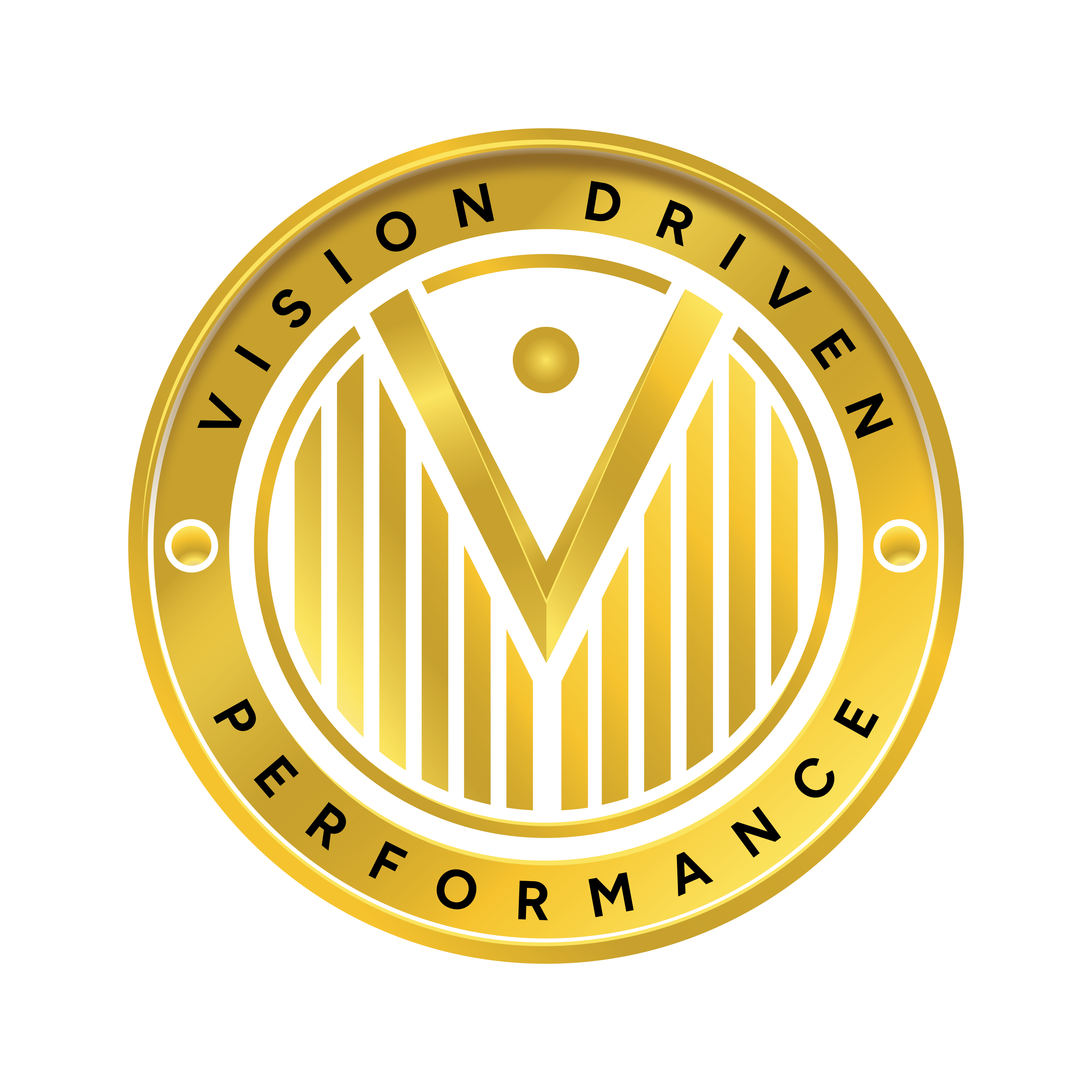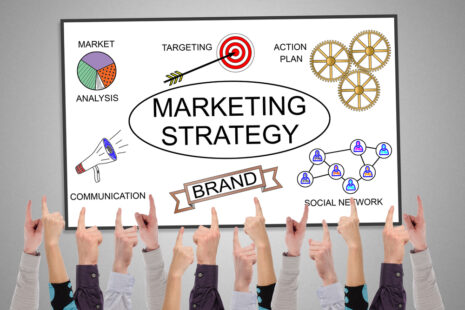The Five Pillars of Strategy, also known as the “Strategy Diamond,” provides a comprehensive framework for developing and evaluating strategic plans. These pillars encompass five key elements that are essential for effective strategy formulation and execution.
Here are the five pillars…
- Arenas
- The first pillar focuses on defining where the organization will compete. This involves identifying the specific markets, industries, or segments in which the organization chooses to operate. It includes considerations such as geographic regions, customer segments, product categories, distribution channels, and business lines. Clarifying the arenas helps focus resources and efforts on the most promising opportunities for growth and success.
- Vehicles
- The second pillar pertains to how the organization will compete in its chosen arenas. It involves determining the strategic vehicles or approaches that the organization will use to achieve its objectives. This may include strategies related to innovation, partnerships, acquisitions, alliances, organic growth, diversification, or market penetration. Selecting the right vehicles is crucial for aligning resources and capabilities with the organization’s competitive advantage and strategic goals.
- Differentiators
- The third pillar focuses on how the organization will differentiate itself from competitors in the marketplace. It involves identifying the unique value propositions, strengths, and capabilities that set the organization apart and create a competitive advantage. This may include factors such as product quality, brand reputation, customer service, innovation, cost leadership, or market positioning. Developing clear differentiators helps attract customers, build brand loyalty, and sustain long-term success.
- Staging
- The fourth pillar addresses the sequence and timing of strategic initiatives and actions. It involves determining the pace, timing, and sequence of activities needed to implement the organization’s strategy effectively. This may include short-term and long-term objectives, milestones, timelines, and resource allocation plans. Staging helps prioritize initiatives, manage dependencies, and ensure alignment with market dynamics and organizational capabilities.
- Economic Logic
- The fifth pillar focuses on the economic rationale and financial viability of the organization’s strategy. It involves understanding how the chosen strategy creates value for the organization, its shareholders, and other stakeholders. This includes considerations such as revenue generation, cost structure, profitability, return on investment (ROI), and risk management. Developing a sound economic logic ensures that the organization’s strategy is sustainable, financially feasible, and aligned with its overall objectives.
By addressing these five pillars of strategy comprehensively, organizations can develop robust strategic plans that are well-aligned with their objectives, capabilities, and market opportunities. The Strategy Diamond framework provides a structured approach for analyzing and refining strategic choices to enhance competitiveness and drive sustainable growth and performance.





